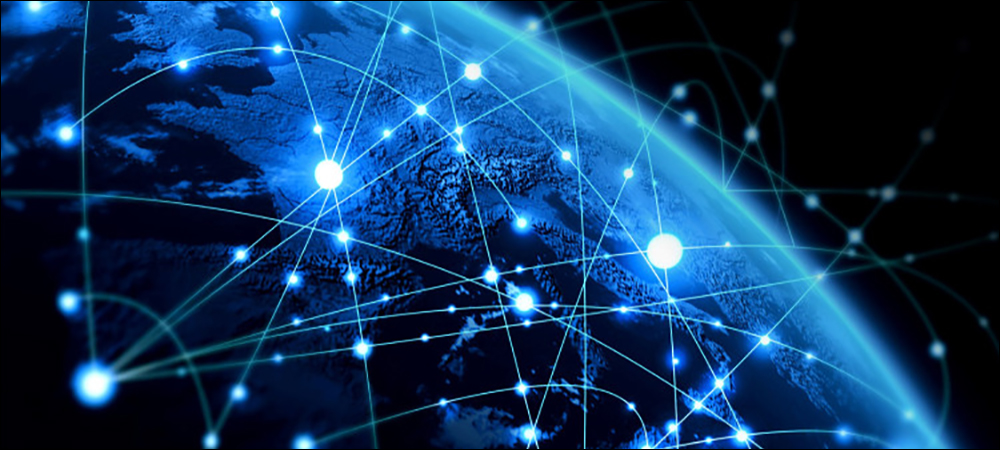RFID Journal LIVE! 2023 will feature end-user companies discussing RFID’s use in various industries, as well as exhibitors offering tagging solutions for multiple applications. To learn more, visit the event’s website.
Two months after acquiring cellular technology company Sierra Wireless, Internet of Things (IoT) chip maker Semtech has partnered with multiple IoT companies around the world to provide LoRa and cellular connectivity in a single chipset, to be built into gateways. The goal, according to the company, is to enable IoT solutions that leverage the benefits of both technologies.

Olivier Beaujard
The Things Industries (TTI) is among new partners joining Semtech to offer cellular and LoRaWAN functionality to its customers. The partners expect the combined approach to make more IoT use cases possible and fast to adopt, with easier integration and quicker time-to-market, says Olivier Beaujard, Semtech’s senior director of LoRa ecosystem. Other partners are Netmore, MultiTech and Acklio.
The goal for these companies, Semtech says, is to address the complexity of integrating end-to-end connectivity, which Semtech argues is slowing down IoT adoption. The company cites a 2022 survey by Analysys Mason that indicates a lack of integration is among the challenges slowing deployments. Sixty percent of study respondents named integration as one of their top three challenges.
With that challenge in mind, Semtech is working with its LoRaWAN ecosystem partners to provide solutions that combine multiple technologies to provide a more ubiquitous connection wherever and however a network is required. Semtech acquired Sierra Wireless, Beaujard says, because the company realized “If we want to address a larger addressable market of the IoT, one technology is not enough.” While it already offered LoRaWAN, he explains, with Sierra Wireless it could add cellular connectivity.
Leveraging a Wider Customer Base
Semtech has now restructured its hardware business unit with its LoRa chipsets, along with a cellular module from Sierra Wireless. The company hopes to make deployments easier for businesses that require both technologies. As it currently stands, many IoT users first deploy a gateway for LoRaWAN sensors, while LoRaWAN gateways often include cellular backhaul. In order to start delivering the hybrid solution to developers and end users, Semtech is teaming with companies that provide such solutions. Therefore, Semtech can offer both LoRa and cellular modules for backhaul.
TTI is a LoRaWAN IoT solutions company that has built an ecosystem of one million connected devices from The Things Network (TTN), its sister company. TTN offers a global community network, while TTI provides additional support for some users who require a service-level agreement to deploy a specific application or project.
For Semtech, the partnership means access to new customers. “It’s a lead-referral program where TTI will promote [Semtech’s connectivity chipset] to their existing community members,” Beaujard states. The offer from Semtech, he adds, serves as a fully centralized source for cellular networks with global connectivity, so users can operate the same hardware, in any country, without requiring separate SIM cards to access a local provider.
Another partner is Netmore, a pan-European LoRaWAN operator that accesses networks throughout that continent. Netmore combines LoRa and 5G cellular connectivity for its customers. American company MultiTech provides gateway routers that are cellular- and Ethernet-capable, which can also leverage LoRaWAN connectivity.
The fourth partner, Acklio, based in France, sells software that is used with LoRa networks that provide compression of the narrowband data for the transmission control protocol (TCP/IP) frame. Acklio’s software runs on LoRa networks, as well as on cellular IoT networks, and it is technology-agnostic. “Semtech shares a vision with these four technology providers,” Beaujard says, and together they presented the technology at the recent Mobile World Congress.
Applications Open for Hybrid Solutions
Additional products are now being developed by Semtech that are expected to address hybrid requirements, Beaujard reports. Some common applications might include smart meter solutions. “Today’s sweet spot for LoRa,” he says, “is where you have constraints around power consumption, and the need for long-range or deep-penetration transmission.”
That could mean the use of a LoRa and cellular network for water-meter or leak-detection data transmission. Devices with LoRa connectivity could transmit data from remote sites, at a distance of miles, or from underground sites. The gateway could capture those small-packet, long-range, low-power transmissions, then forward the information to the cloud via a cellular connection.
Smart-building use cases are also likely to leverage hybrid technology, bv which data from building-management systems like lighting and security could be forwarded to a server. Sensors deployed around a city, such as sound, lighting or other meters, using solar or battery power, could leverage the distance and low-power requirements of LoRa, along with a cellular backhaul.
Lastly, Beaujard says, “A combination of LoRa with cellular is very powerful for tracking some assets or people,” since LoRa could operate with a very small battery. “This means that you can have something you can hide easily [within a tag or badge], and you don’t have to charge it often.” With the Sierra Wireless technology and new partnerships, he reports, “We will have the opportunity to upsell to customers” that already use LoRa or cellular alone. In many cases, he adds, “LoRa alone is not enough, cellular alone is not enough, but a combination of the two really enables us to address more and more use cases.”
Key Takeaways:
- Semtech is expanding its chip-to-cloud connectivity with a combined LoRa and cellular functionality.
- Companies will offer solutions for smart meters or smart buildings, as well as for management assets and individuals.


